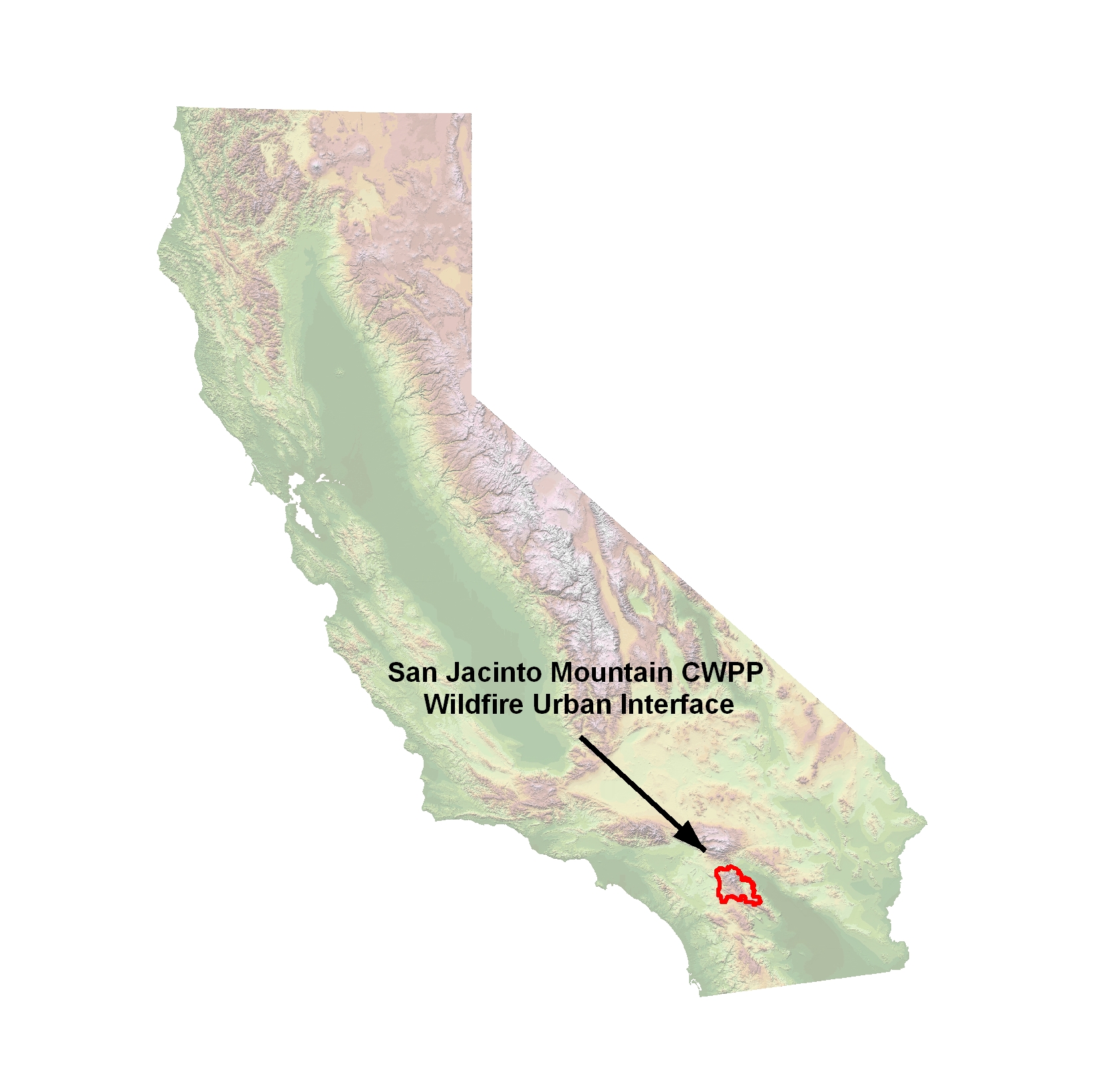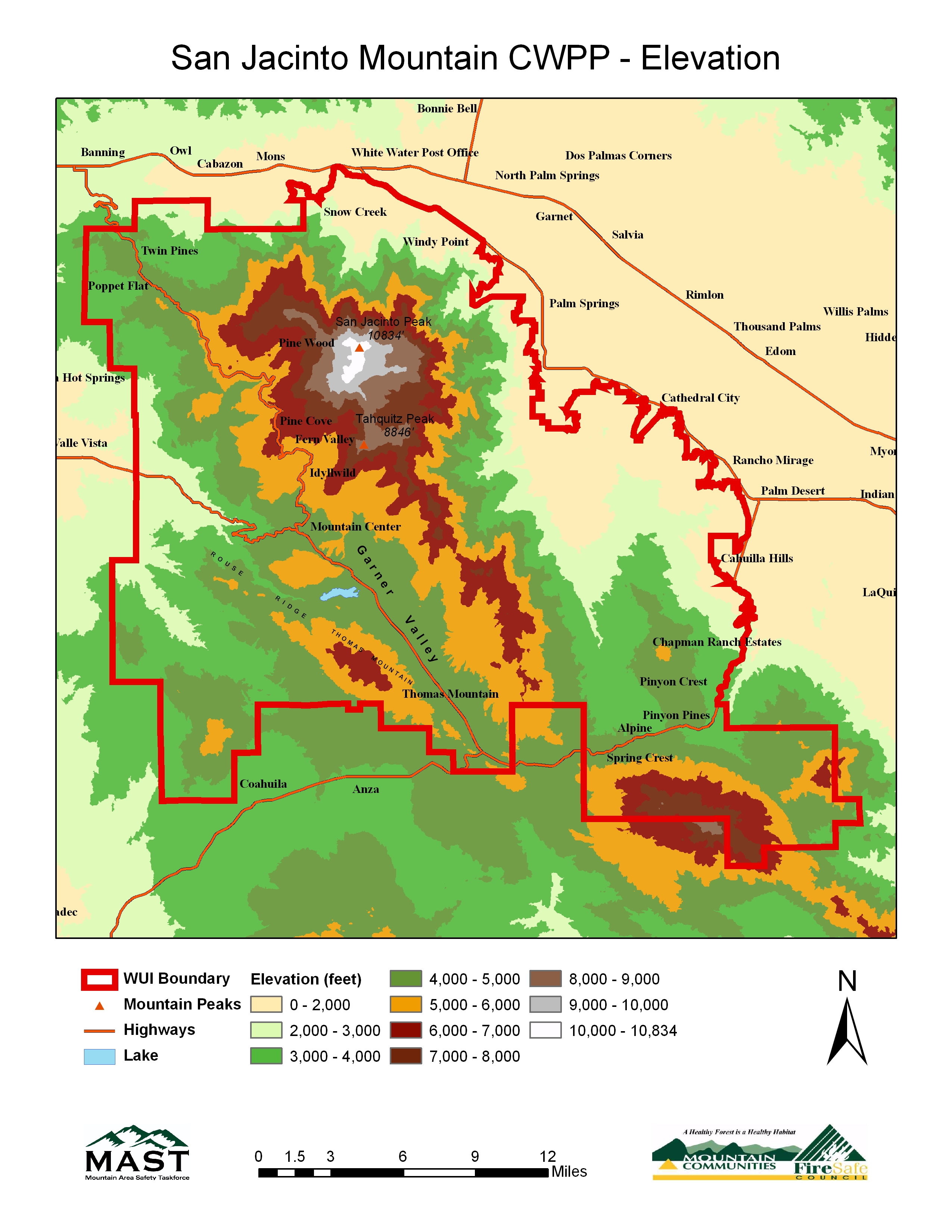San Jacinto County Wildfire: A Comprehensive Guide To Causes, Impact, And Solutions
A wildfire in San Jacinto County has drawn significant attention from both residents and authorities as it continues to spread across an expansive 1,200 acres. This alarming situation underscores the increasing threat of wildfires in the region, prompting swift and decisive action from local firefighting teams and emergency services. What began as a small blaze has escalated rapidly, raising concerns for the safety of nearby communities and the environment.
The wildfire in San Jacinto County serves as a powerful reminder of the unpredictable nature of natural disasters and the importance of preparedness. With only 10% containment, the situation remains precarious, and efforts to control the fire are ongoing. This article will explore the wildfire in detail, examining its causes, impact, and the measures being implemented to mitigate its effects.
As the wildfire continues to spread, understanding the factors contributing to its growth and the implications for the surrounding area becomes increasingly important. This article provides a thorough overview of the wildfire in San Jacinto County, offering insights into its current status, potential risks, and the steps being taken to ensure public safety.
Read also:Ellen Pompeo Opens Up About Filming An Uncomfortable Scene On Greys Anatomy
Table of Contents:
- Overview of the Wildfire in San Jacinto County
- Causes of the Wildfire
- Containment Efforts
- Impact on the Community
- Environmental Effects
- Safety Measures for Residents
- Fire-Fighting Techniques
- Long-Term Solutions
- Wildfire Statistics and Trends
- Conclusion
Overview of the Wildfire in San Jacinto County
The wildfire in San Jacinto County has expanded to a staggering 1,200 acres, with only 10% containment as of the latest update. This rapid escalation has raised considerable concerns among local authorities and residents. The fire, which initially appeared as a small blaze, has intensified due to favorable conditions such as dry vegetation and strong winds, making it one of the most significant threats to the region in recent years.
Initial Reports and Developments
Early reports indicated that the fire originated near the outskirts of the county, quickly spreading due to prolonged dry weather conditions. In response to the growing threat, local authorities declared a state of emergency, mobilizing resources to contain the blaze. The rapid expansion of the wildfire has underscored the urgent need for a coordinated and effective response.
Challenges in Containment
Containing the wildfire has proven to be a formidable challenge, primarily due to the rugged terrain and limited accessibility in certain areas. Despite the relentless efforts of firefighters employing various techniques to control the fire's spread, the wildfire continues to pose a significant threat to the environment and nearby communities.
Causes of the Wildfire
Understanding the underlying causes of the wildfire is essential in addressing its root issues and preventing future occurrences. Several factors, both natural and human-induced, have contributed to the outbreak and rapid spread of the fire in San Jacinto County.
Natural Factors
- Prolonged drought conditions have left vegetation extremely dry and susceptible to ignition.
- Strong winds have significantly aided the fire's progression, enabling it to spread across vast distances quickly.
- High temperatures have exacerbated the dry conditions, creating an environment conducive to wildfires.
Human Activities
While natural factors are significant contributors, human activities such as improper disposal of cigarettes, uncontrolled campfires, and arson cannot be overlooked as potential causes. Investigative teams are currently examining the site to determine the exact origin of the fire.
Read also:A Heartfelt Tribute A Mothers Love For Her Baby Battling Trisomy 18
Containment Efforts
The response to the wildfire in San Jacinto County involves a collaborative effort from multiple agencies and resources, all working together to bring the situation under control. Firefighters, aerial support, and ground teams are utilizing a combination of traditional and modern techniques to combat the blaze.
Aerial Support
Aerial firefighting has been instrumental in combating the wildfire. Helicopters and planes equipped with water and fire retardants have been deployed to target the most active areas of the fire. These operations have played a crucial role in slowing the fire's progression and minimizing its impact on the surrounding environment.
Ground Operations
Ground teams have been strategically positioned to create firebreaks and prevent the fire from spreading further. Firefighters are employing a mix of traditional and advanced techniques, including controlled burns and state-of-the-art firefighting equipment, to tackle the blaze effectively.
Impact on the Community
The wildfire in San Jacinto County has had a profound and lasting impact on the local community. Many residents have been evacuated from high-risk areas, leaving them uncertain about the safety of their homes and livelihoods. The emotional and economic toll of the wildfire is significant.
Evacuation Procedures
Local authorities have implemented comprehensive evacuation procedures to ensure the safety of residents. Temporary shelters have been established to accommodate those displaced by the fire, providing essential services and support during this challenging time. These measures aim to minimize the disruption caused by the wildfire and ensure the well-being of all affected individuals.
Economic Implications
The economic ramifications of the wildfire are substantial, affecting various sectors such as agriculture, forestry, and tourism. The long-term consequences for the region's economy could be severe, underscoring the need for effective recovery and rebuilding strategies.
Environmental Effects
The environmental consequences of the wildfire in San Jacinto County are far-reaching, impacting both the local ecosystem and broader ecological systems. The destruction of habitats and loss of biodiversity are among the most pressing concerns.
Loss of Habitat
The wildfire has severely impacted wildlife habitats, leading to the displacement and potential loss of numerous species. Efforts are underway to assess the extent of the damage and develop strategies to restore affected areas, ensuring the long-term health of the local ecosystem.
Air Quality Concerns
Air quality has deteriorated significantly due to the smoke and ash produced by the fire, posing health risks to both humans and animals. Local health authorities are closely monitoring the situation and advising residents to take necessary precautions to protect themselves from harmful pollutants.
Safety Measures for Residents
Residents in San Jacinto County are encouraged to adopt safety measures to protect themselves and their families from the effects of the wildfire. Staying informed and prepared is essential in ensuring safety during this challenging time.
Emergency Preparedness
- Create an emergency kit stocked with essential supplies, including water, non-perishable food, and first-aid items.
- Develop a detailed evacuation plan for your family, ensuring everyone knows the steps to take in case of an emergency.
- Stay updated with local news and alerts to remain aware of the latest developments and instructions from authorities.
Health Precautions
To mitigate the health risks associated with poor air quality, residents are advised to stay indoors, use air purifiers, and wear masks when necessary. Following these precautions can help reduce exposure to harmful pollutants and protect overall health.
Fire-Fighting Techniques
Modern fire-fighting techniques are being employed to combat the wildfire in San Jacinto County. These techniques combine traditional methods with cutting-edge technology to enhance effectiveness and efficiency, ensuring a more robust response to the wildfire threat.
Use of Technology
Technology plays a pivotal role in modern firefighting, with drones and satellite imagery aiding in monitoring and assessing the fire's progression. These tools provide real-time data, enabling better decision-making and resource allocation, ultimately improving the overall firefighting effort.
Innovative Solutions
Innovative solutions such as fire-resistant materials and advanced firefighting equipment are being utilized to enhance containment efforts. These advancements offer new possibilities in the fight against wildfires, showcasing the potential of technology in addressing environmental challenges.
Long-Term Solutions
Addressing the issue of wildfires in San Jacinto County requires long-term solutions that focus on prevention and preparedness. Implementing sustainable practices and policies can help reduce the frequency and severity of future wildfires, safeguarding both communities and the environment.
Forest Management
Effective forest management practices, such as controlled burns and vegetation clearance, can significantly reduce the risk of wildfires. Collaborative efforts between government agencies and local communities are essential in implementing these measures, ensuring a proactive approach to wildfire prevention.
Community Education
Educating the community about wildfire prevention and preparedness is crucial in reducing the impact of future fires. Programs and initiatives aimed at raising awareness can empower residents to take proactive steps in protecting their environment, fostering a culture of responsibility and resilience.
Wildfire Statistics and Trends
Wildfires are a growing global concern, with statistics indicating a troubling increase in both frequency and severity. Understanding these trends is essential in informing policy and practice to address the issue effectively.
Global Trends
According to the National Interagency Fire Center, the number of wildfires has risen dramatically over the past decade. Factors such as climate change and human activity are contributing to this trend, highlighting the urgent need for action to mitigate the risks and protect vulnerable regions.
Local Data
In San Jacinto County, historical data reveals a pattern of wildfire occurrences during dry seasons. Analyzing this data can help predict future events and inform preventive measures, ensuring a more strategic and effective response to potential threats.
Conclusion
The wildfire in San Jacinto County, which has grown to 1,200 acres with only 10% containment, underscores the critical need for effective wildfire management and prevention strategies. Through coordinated efforts and innovative solutions, it is possible to mitigate the impact of such disasters and protect both communities and the environment. By working together, we can strive toward a safer and more resilient future.
We invite readers to share their thoughts and experiences in the comments section below. For more information on wildfire prevention and preparedness, explore our other articles on the subject. Together, we can contribute to a safer and more informed community.


